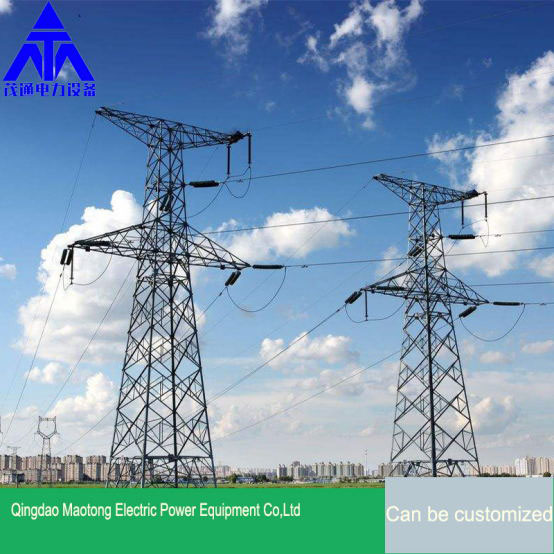Angle Steel Tower: Strong, Versatile Structures for Modern Engineering
2025-06-18
In the world of construction and industrial infrastructure, strength, durability, and flexibility are paramount. One structural element that embodies all these qualities is the Angle Steel Tower. Used widely in telecommunications, power transmission, and various industrial applications, angle steel towers are the backbone of many modern engineering projects.
In this blog, we’ll explore what angle steel towers are, their benefits, common uses, and why they remain a preferred choice in the industry.

What Is an Angle Steel Tower?
An angle steel tower is a type of lattice structure made from angle steel sections—L-shaped steel bars—that are bolted or welded together to form a strong and lightweight framework. These towers are engineered to support loads such as antennas, power lines, and other heavy equipment while withstanding environmental stresses like wind, rain, and seismic forces.
Benefits of Angle Steel Towers
High Strength-to-Weight Ratio: The L-shaped steel sections provide excellent structural integrity without excessive weight.
Cost-Effective: Angle steel is relatively affordable, and the modular design allows for easier transportation and assembly.
Versatility: Towers can be designed in various heights and configurations to suit different needs.
Durability: Made from galvanized or treated steel, these towers resist corrosion and harsh weather conditions.
Ease of Maintenance: The open lattice structure allows easy inspection and repair.
Customizable: Components can be pre-fabricated and assembled on-site, saving time and labor.
Common Applications of Angle Steel Towers
Telecommunication Towers: Supporting antennas and cellular network equipment.
Power Transmission Towers: Carrying high-voltage power lines across long distances.
Broadcast Towers: For radio and TV signal transmission.
Lighting Towers: Providing structural support for stadium and street lighting.
Wind Measurement Towers: Used in wind energy projects for monitoring wind speed and direction.
Surveillance and Security: Mounting cameras and sensors in large areas.
Key Considerations When Choosing Angle Steel Towers
Load Capacity: Ensure the tower can support the required equipment and withstand environmental loads.
Material Quality: Use high-grade steel with proper treatment for longevity.
Design Standards: Follow local and international engineering codes for safety and compliance.
Foundation Requirements: Proper foundation design is critical to tower stability.
Installation: Consider ease of transportation and assembly, especially for remote locations.
Maintenance Tips for Longevity
Regular Inspections: Check for rust, loose bolts, and structural damage.
Protective Coatings: Apply or renew galvanization or paint to prevent corrosion.
Tighten Fasteners: Ensure all bolts and joints are secure.
Environmental Protection: Remove vegetation or debris that could affect the base or structure.
Final Thoughts
Angle steel towers remain a trusted solution for a wide range of structural needs due to their strength, adaptability, and cost-effectiveness. Whether you’re setting up a communication network, transmitting power, or building industrial infrastructure, these towers provide reliable support that stands the test of time.
If you’re planning a project involving angle steel towers, careful design, quality materials, and proper maintenance are key to success.


